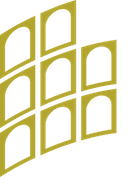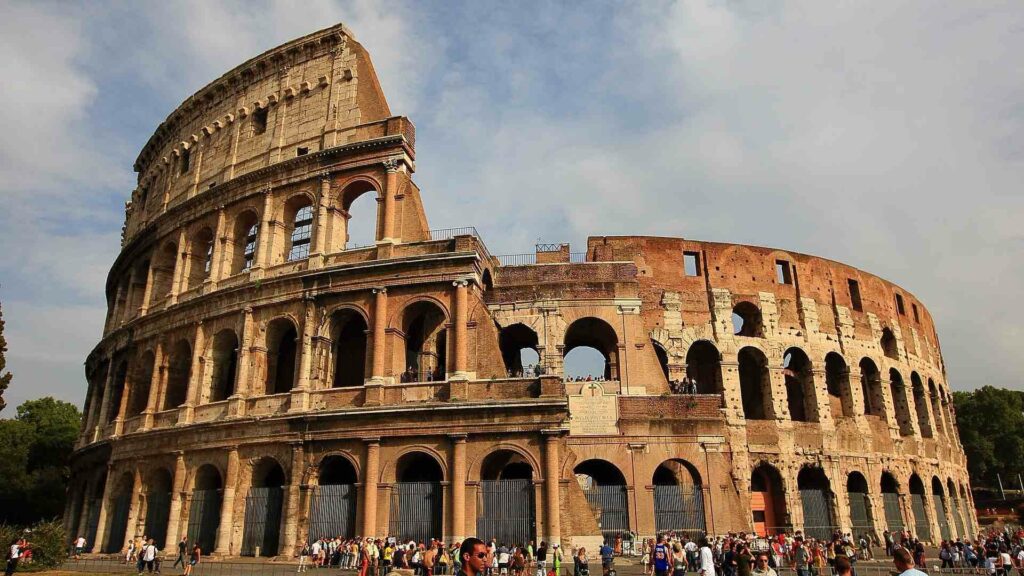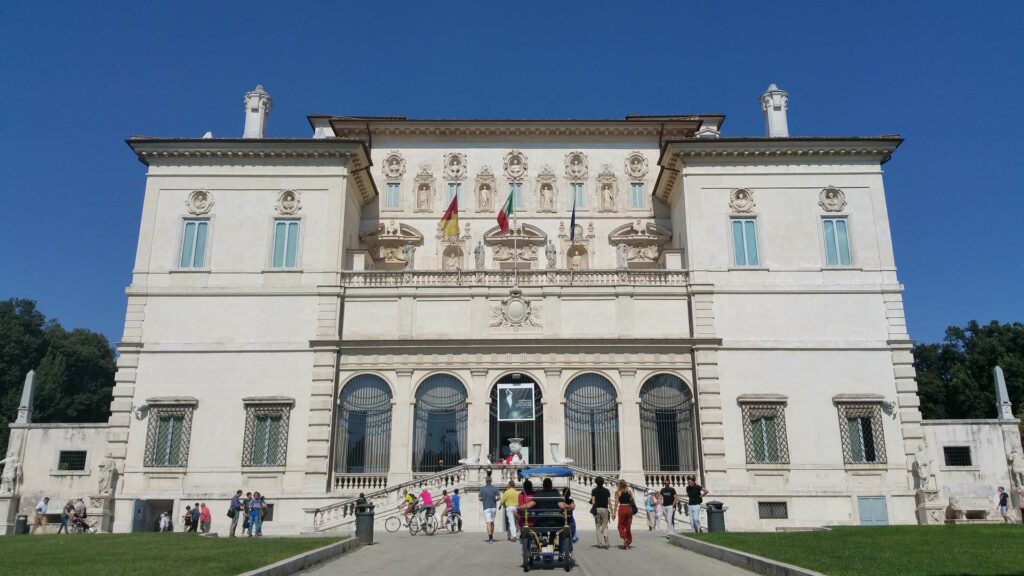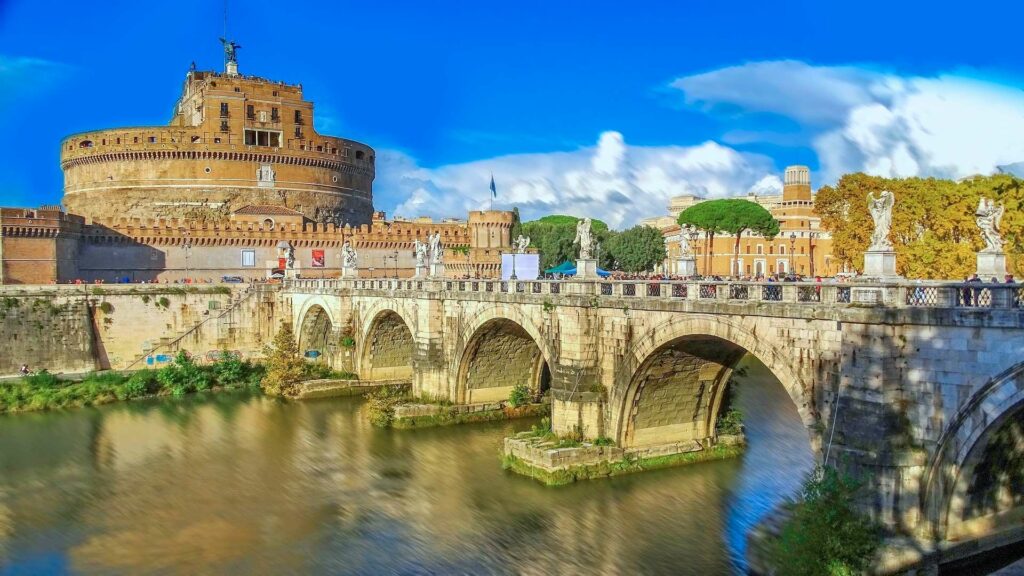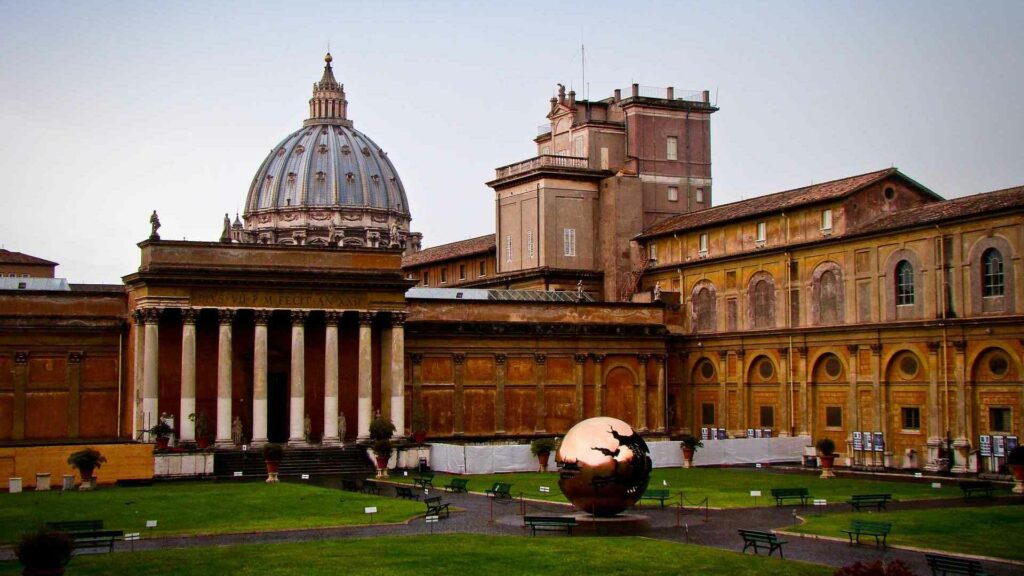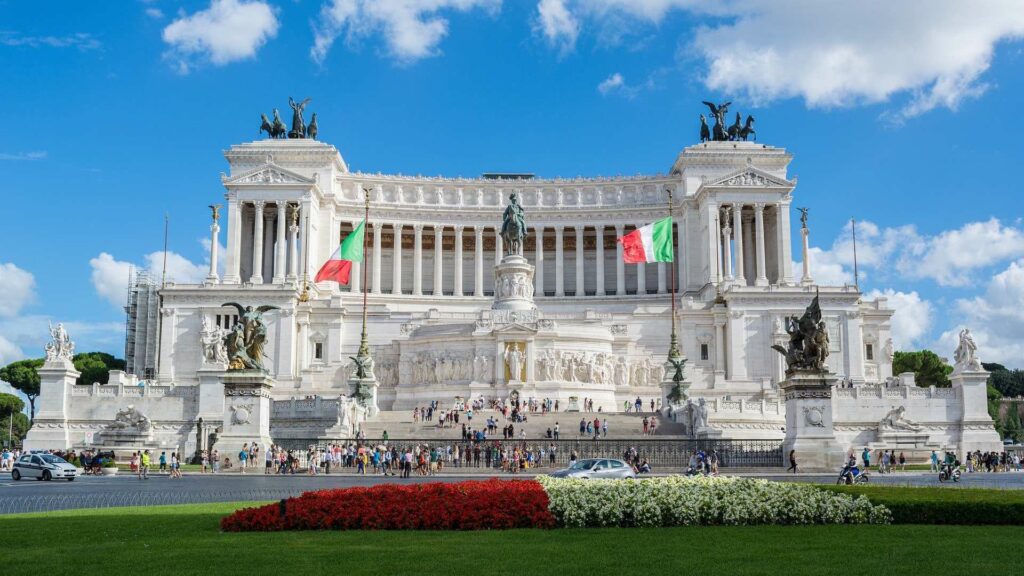Rome is a city full of art and history and, giving fuel to your imagination, any visitor can pretend to be in the different historical periods and reconstruct all the stories and events while admiring all the art pieces and sites, that made it earn the title of Eternal City and Open Day Museum. The demonstration of how Rome deserves these nicknames can be had, for example, while walking along via dei Fori Imperiali, that while having on its side the archaeological area, has the Colosseum at its end, one of the most famous and visited monuments in the world, and the magnificent Piazza Venezia. You can see, while visiting the area, the magnificence and majesty of the monumental squares built between 46 BC and 113 AD. These squares have a charm that travels through time and lets anyone who visits them to bathe themselves in the ancient Rome, seeing the very places studied in history books or movies in front of their eyes.
Caesar Forum
The first to be built was Caesar Forum, wanted by Caesar himself for self-congratulatory reasons, even though he justified his decision saying the the Roman Forum wasn’t enough as a political and administrative centre of the city. Its design dates back to 54 BC.
Augustus Forum
The construction of the Augustus Forum, designed 10 years after Caesar’s, was completed in 2 BC and it was built for justice administration reasons. Other than being a huge tribunal, the Forum helped to highlight the persona of prince Augustus linking him, through sculptures of mythological and historical figures (from Aeneas to the gens Giulia), to its Trojan ancestors. Augustus made the Forum the administrative, political and military centre of the Empire, where the Senate took its meetings and, in case of public ceremonies, foreign princes were welcomed.
Temple of Peace
It was built in 70 AD and was commissioned by emperor Vespasian after the repression to the Jews revolt. Differently from Caesar Forum and Augustus’, dedicated to justice administration, the Temple of Peace, together with a collection of sculptures, paintings and a literary and scientific library can be regarded as a place dedicated to culture.
Nerva Forum
Domitian commissioned the building of a square in the free space between the first two Fori and the Temple of Peace, but it was named after its successor Nerva, who inaugurated it in 97 AD, the year following Domitian’s death, assassinated in a conspiracy. On the bottom side of the square used to be the Temple of Minerva.
Trajan Forum
Completing the monumental area of the Imperial Fori, the last and biggest of them all was inaugurated in 112 AD: the Trajan Forum. Inside the big square, other than being used as a tribunal, there were military camps. Today we can still admire the Trajan Column on which all the most significant moments of the two victorious campaigns of the emperor in Dacia (today’s Romania) are sculpted in.
